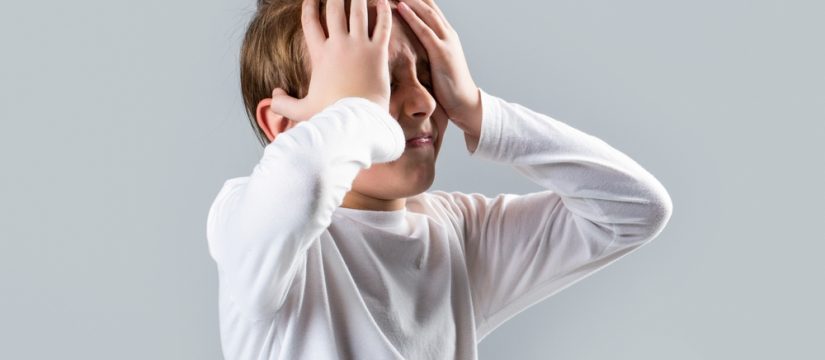
Headache and migraine symptoms can be both painful and debilitating for many people, especially children who suffer from them chronically. Luckily, modern medicine is constantly on the hunt for new treatments, and several of these have begun to show promise within the world of pediatric migraine treatment.
At AGA Clinical Trials, we’re proud to play one small role in processes like these. We offer regular clinical trials for a number of different conditions, and some of our currently enrolling trials are centered around pediatric migraines. In this two-part blog series, we’ll look at some of the treatment types that are gaining steam within trials like ours, and which may play a major role in improving pediatric migraine care in the future.
Superficial Nerve Blocks
More research has begun to suggest that nerves play a major role in the onset of migraine symptoms, and this has opened up a new line of treatment. Superficial nerve blocks are now being studied extensively in pediatric migraine trials, and they involve the use of small injections to target certain nerves that may be involved in the onset of migraines.
The injections used for superficial nerve blocks typically contain an anesthetic of some kind, as well as a steroid. When they are injected directly into the nerve that is believed to be responsible for migraine pain, this can provide immediate relief from symptoms without many of the side effects that may come with other treatments.
Although superficial nerve blocks aren’t used for all pediatric migraines, they can be incredibly effective – and they’ll only continue to improve with further research.
Triptans and NSAIDs
When it comes to current treatments that are still being improved for pediatric migraine care, triptans and NSAIDs remain the go-to option in many cases. Triptans are simple medications that work by narrowing the blood vessels around the brain, while NSAIDs work to reduce inflammation that can cause pain.
Both of these medications have been used for years to treat migraines in children and adults alike, and recent trials have explored the effectiveness of combination treatments that use both triptans and NSAIDs to provide relief from migraine symptoms.
Cognitive Behavioral Therapy
Behavioral therapy methods have shown success in a variety of pediatric conditions, and this can include migraine treatment as well. Cognitive behavioral therapy is a type of therapy that focuses on changing behavior patterns in order to better manage pain and other symptoms related to migraines.
For pediatric patients, this often involves working with a therapist or counselor to develop coping skills that they can use when dealing with migraine symptoms. As more research is done on this type of therapy, it is becoming clear that cognitive behavioral therapy can be an effective way to improve overall migraine care for pediatric patients.
These are only a few of the treatments that are emerging as promising options within pediatric migraine treatment trials. At AGA Clinical Trials, our goal is to help researchers better understand how these treatments may impact patients, and ultimately to help provide relief for children and adults who suffer from migraines. We invite you to explore our currently enrolling trials for more information about pediatric migraine care, and how you can play a role in helping to improve it.


